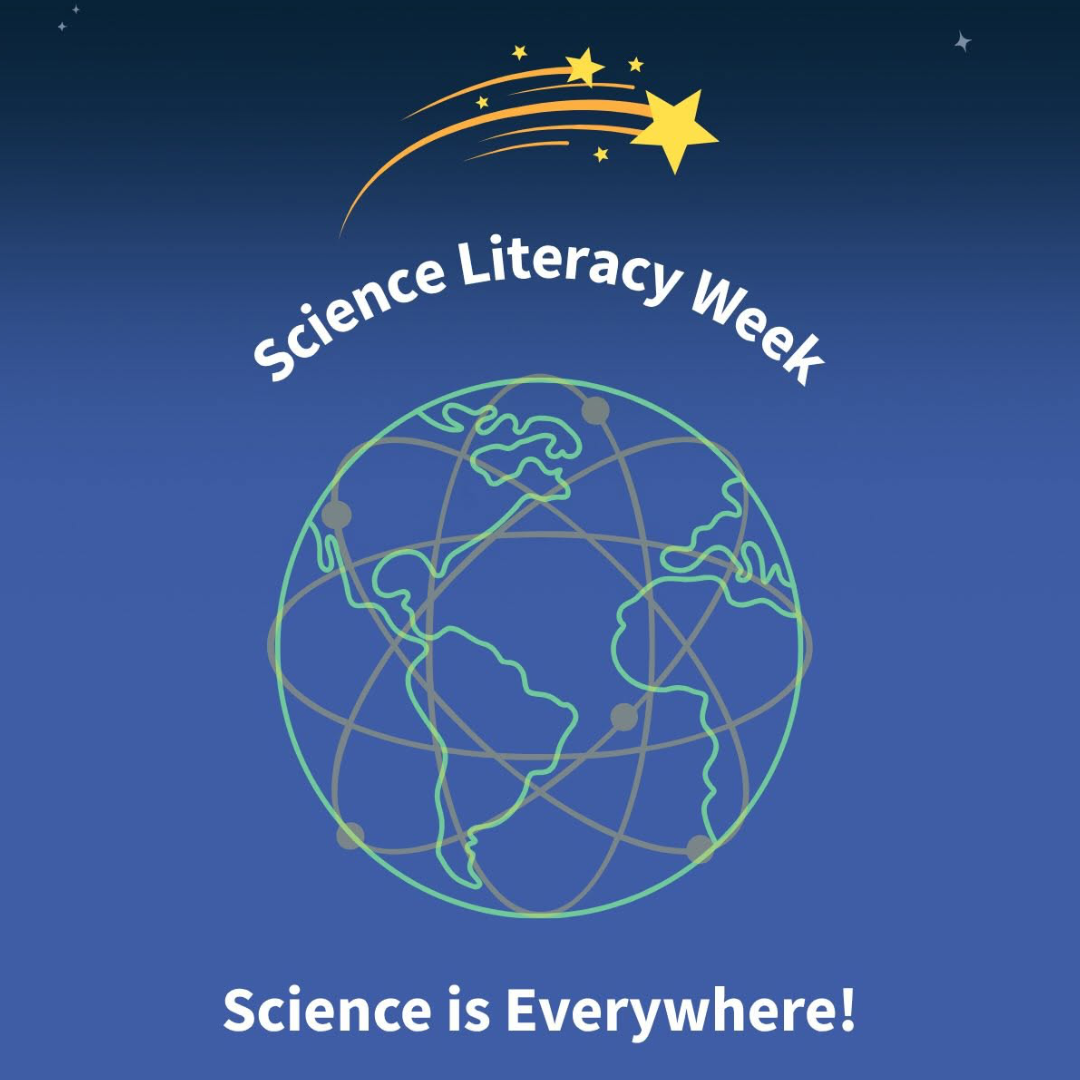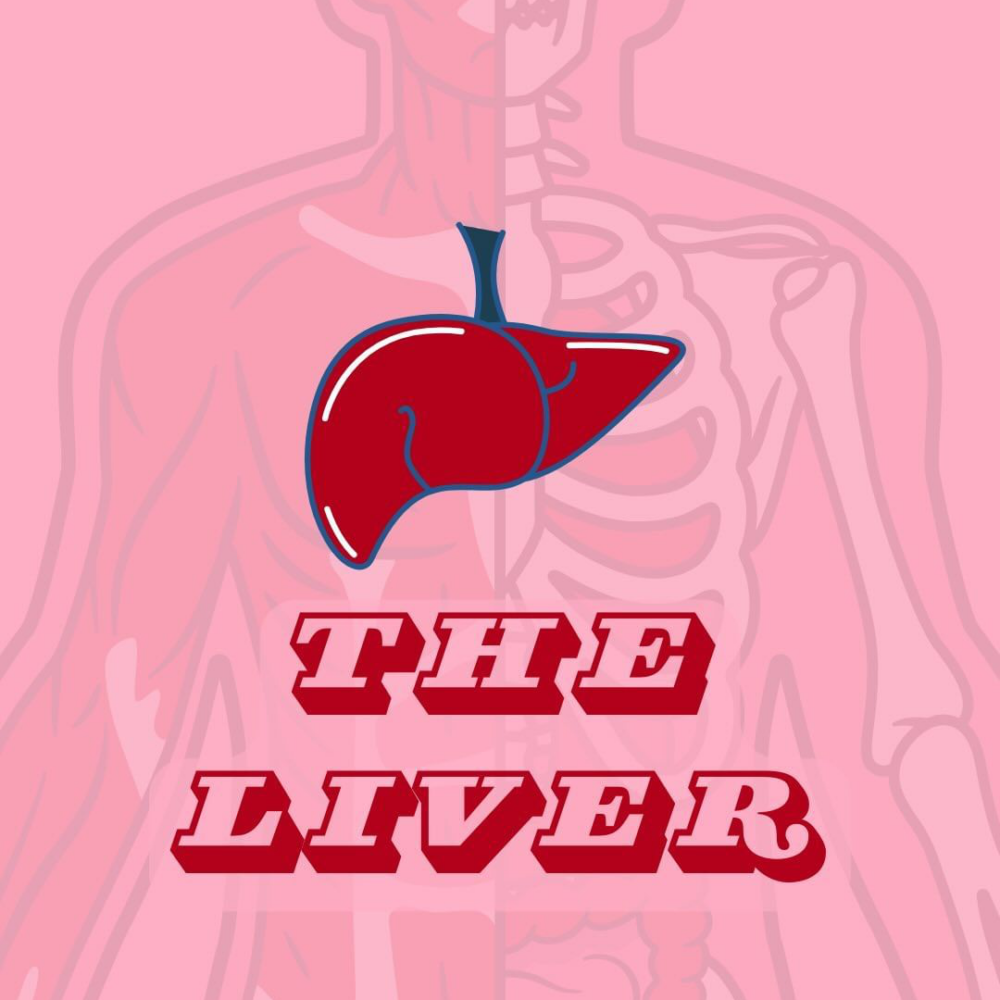Science shows up in your everyday life in more ways than you might notice. Here are just a few examples you probably experienced today:
Weather forecasting uses physics principles to understand how air moves and changes. Scientists collect data from the atmosphere, measuring things like temperature, pressure, and wind. Then, with math and powerful computer models, they run equations to predict how the weather will evolve and tell you whether you need to grab an umbrella or a hat (1-3). ☀️
Baking bread is chemistry in action. Water mixed with flour creates gluten. Yeast produces carbon dioxide, salt strengthens the dough, and the oven’s heat sets everything in place so the bread holds its shape (4,5).🥖
Listening to music is both physics and biology. Sounds create vibrations that disturb the air and form sound waves. These waves resonate in your eardrums and are converted into electrical signals that your brain processes into melody, which can even trigger the release of dopamine. (6-10). 🎵
Wi-Fi relies on physics and engineering. Information from the internet is converted into electromagnetic waves at very high frequencies: 2.4 or 5 gigahertz. The higher the frequency, the more data can be transmitted. Your router sends out those waves, and your device’s antenna receives them and translates them back into data, like text, images, or music making wireless communication possible (11,12). 📶
Pain relief medication is science at work in your body. Headaches can be caused by inflammation. Pain relievers can target this process by blocking the production of the chemicals that trigger inflammation, or by changing how your nervous system senses pain. The relief you feel when the pain fades is the direct result of chemistry, biology, and decades of research coming together (13-15). 💊
Science is everywhere. It’s in your medicine cabinet, your headphones, your forecast, your Wi-Fi, and even your kitchen.
What are other ways science shows up in your daily life? Let us know!
Background music by AtomsCraft.
- Weather and Climate Forecasting: Chronicle of a Revolution | World Meteorological Organization | November 2010
- Weather forecasting | Methods, Importance, & History | Britannica
- Weather forecasting and climate modelling: a short history | Science Museum | June 2024
- Baking Bread: The Chemistry of Bread-Making | Compound Interest | January 2016
- Bread Science 101 | Exploratorium
- The science of music | Research Features | January 2023
- Connections: Science & Music | The Kennedy Center
- The Science of Musical Sound | W. H. Freeman and Company | 1992
- The transformative power of music: Insights into neuroplasticity, health, and disease | Brain, Behavior, & Immunity – Health | December 2023
- Anatomically distinct dopamine release during anticipation and experience of peak emotion to music | Nature Neuroscience | January 2011
- How Does Wi-Fi Work? | Britannica
- Science of WiFi: How Does WiFi Work? | LabXchange | February 2023
- Painkillers | What are they and how do they work? | Patient | June 2023
- Pain Management Medications | StatPearls – NCBI Bookshelf | July 2023
- How do painkillers actually kill pain? From ibuprofen to fentanyl, it’s about meeting the pain where it’s at | The Conversation | June 2022
Share our original Bluesky Post!
Science is everywhere: in your bread, your music, your Wi-Fi, your medicine, and even your weather forecast. Here’s how it shows up in your everyday life.👇 www.instagram.com/reel/DPmH7vL… #ScienceUpFirst #SciLit
— ScienceUpFirst (@scienceupfirst.bsky.social) October 9, 2025 at 1:01 PM
[image or embed]
View our original Instagram Post!




